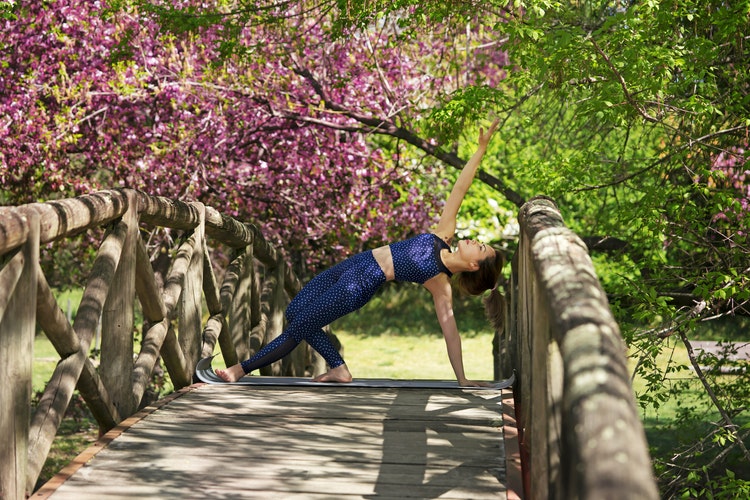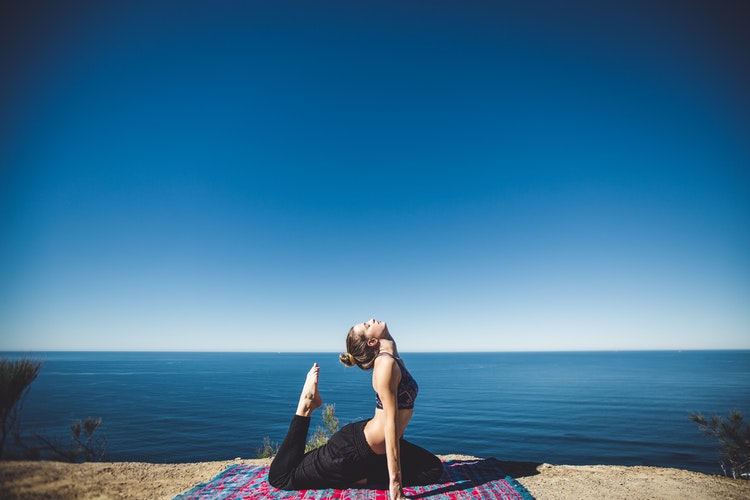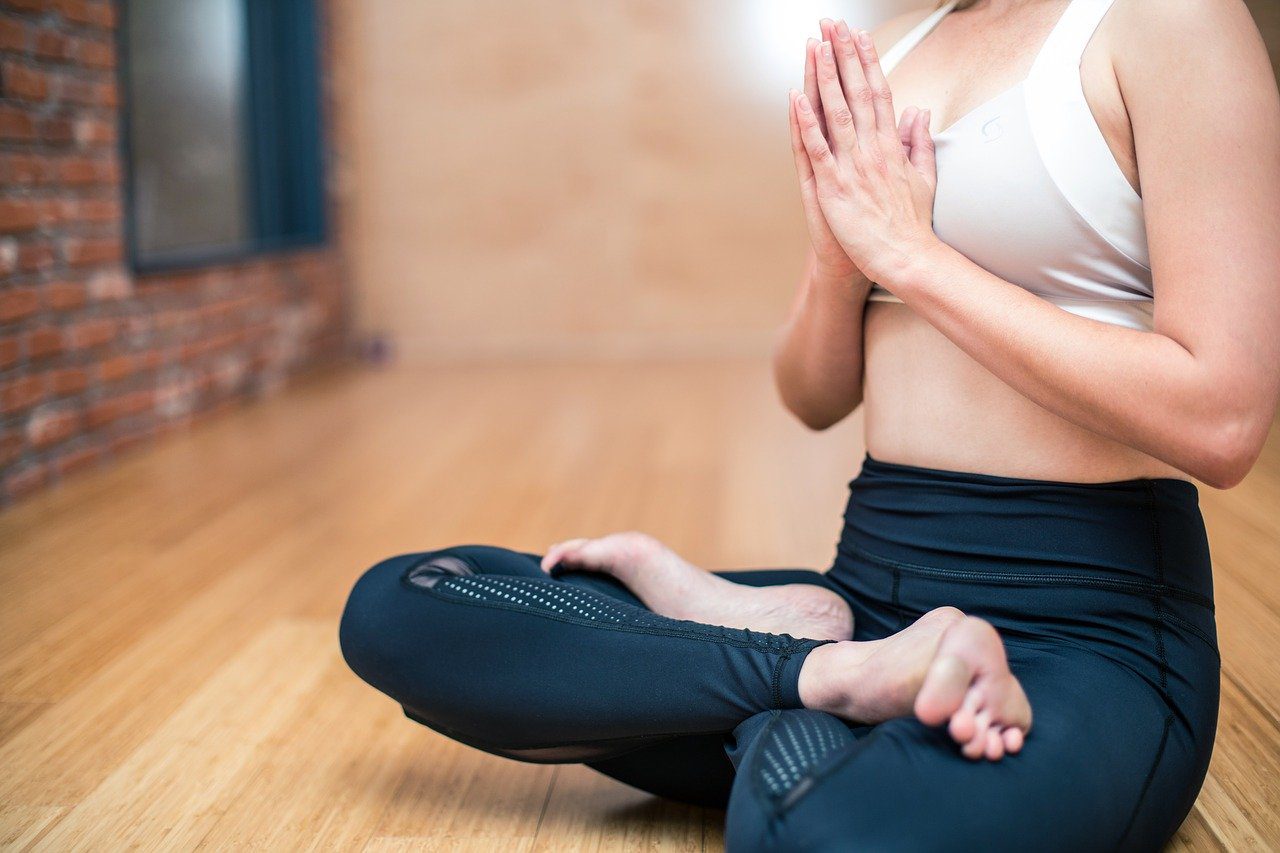One of the best pieces of advice to give someone who’s interested in starting a workout regimen is to make sure that they’re physically well enough to handle certain kinds of exercise. Rule Number One, basically, is to check with your doctor to see what you can and can’t handle so that you’re safely bettering yourself during your routines.
Another great piece of advice though is to think about what you would do often enough to increase your activity level on more than just a handful of occasions. Let’s be honest here. Going to the gym and working your way through their equipment is solid exercise, but how many people are going to do that? If you’re one of the many who wouldn’t, then it’s a pipe dream to think otherwise. In that situation, no matter how great the exercise strategy is, it’s ineffective because it isn’t being put into action.
The best strategy then is to choose to chase fitness in a way that you will actively pursue.
For me, the most effective and lasting strategy I’ve found is yoga. It’s calming while pushing me, and I end yoga sessions feeling relaxed and content. That, to me, is much better than walking away feeling drained and miserable like I would if I ran for a mile, so it’s clear that of the two, yoga is the better option for me.
What I’ve found as well since I first tried yoga is that I do tend to like certain poses more than other ones, and also that there are plenty of ways to stumble into small errors that make attempts at poses inaccurate. Each one can come with its own health benefits and such, and to explore any given pose can be like studying a new exercise prospect. There are so many yoga poses, and so much to learn about each one!
Take one of my favorites: The Pigeon Pose.
What is the Pigeon Pose?
This is a floor pose where one leg is bent in front of you while the other is extended straightly behind you. While you stay in this position, your back is strong, and your hips are aligned (Kapotasana, n.d.).

What areas does it work?
More than one, for sure, and that’s clear if you think about it. Both of your legs are at very defined stages, your hips are structured, and your back is involved as well. What this means, essentially, is that if you do this pose in the right way, you can expect improvement in all of these areas—from muscle stretches and on to help with sciatic complications (Lawrence, n.d.). Beyond these benefits, this pose also helps your organs to function at a better level, and it’s a great method of relieving stress (Lawrence, n.d.).
What’s so great about it?
If pressed about why this is one of my favorites, I would probably reply with two reasons. For one, I’m a sloucher (bad, I know!), but the upright position of the Pigeon Pose allows me to stretch out the muscles in that area in ways that my typical posture doesn’t encourage. Like a good stretch feels amazing in the morning, any yoga pose that requires back-stretching can feel indescribably wonderful to a person who spends most of their day drooping and/or slouching!
Beyond this, I do like the set up of having one leg bent in front with the other extended back, and I think a part of this is because I can feel like I’m working the muscles in my legs in a way that I wasn’t too shabby at the first time I tried the pose. This is a key idea to yoga, for the record. A lot of poses are going to be challenges, and that’s okay! But when I find one that I instantly click with on that, “Oh, I can handle this!” level, it helps to build my confidence in ways that encourage me to keep pushing toward something more advanced.
In fact, this is one of the great things about the Pigeon Pose—that when you advance, you can do so with variations of this simple pose. You can bring your leg that’s extended back so that your foot is nearing (or touching) the back of your head, or you can extend your arms above your head while you stretch. It’s great to have a pose that almost grows with you, where each new variation builds the exercise benefits of the pose!

Is my Pigeon Pose wrong?
As was already noted, someone who dives into yoga without researching and learning from a more advanced yogi can stumble into a number of inaccurate details about their poses. This is because, without the proper guidance, it’s easy to look at a picture of a yoga pose and make an error when you just decide to try and mimic it. Honestly, how many of us haven’t been guilty about this at one point or another? Still, as common as it is, the best strategy is still to hear how to perform these poses from a professional or to research them before attempting them since little errors can not only take away from the benefits of the exercise, but they can also cause you physical harm if you’re too far off-the-mark.
For the Pigeon Pose, one of the biggest errors seems to be in the hip placement. Despite what the mind generalizes about the look of the pose, there is a specific placement to be had so that you aren’t putting too much pressure on the wrong areas or falling over in your stance. Both of your hips should be “level” (Crandell, 2007, “Keep Your Waist Long” section) during this pose to avoid those kinds of complications. Essentially, if one hip is more elevated than the other, your Pigeon Pose is a bit off, and this could lead to problems like back stress. If you find that you just can’t pull off that balance during your first tries, you can add some kind of padding underneath you to help minimize the problem (Crandell, 2007).
Other details should be considered as well, and they range (literally) from your head to your feet. Like other yoga poses, it’s important to note each and every relevant detail to make sure you’re not injuring yourself or cushioning your workout too much. This is particularly true as you progress through variations of this pose since each step can come with new warnings and correct postures. For each new progression, take the time to learn everything correctly so that you’re getting the most out of your workout—and so that you’re safely exercising rather than causing injuries.
Any other things I should know?
Remember that this is a pose that can relieve your stress, and it’s actually quite noted in that regard. If your body is showing signs that you’re more stressed while performing the pose, then that might be an inclination that you’re doing something wrong. As one source noted, things as simple as “clenching of the jaw” or “furrowing of the brow” (Lee, n.d., “Tips” section) can indicate that you are stressing too much while performing this pose. If you find you’re doing these things, you might want to take a deep, calming breath and try to let that stress go for a more successful and enjoyable pose.
How long will it take to master this pose?
The truth is that people have different capabilities, and some of you might be reading this right now while thinking about how much you hate the Pigeon Pose. This can be tied to exercises you’re already doing that have worked certain parts of your body into being stronger or more flexible, but even without an exercise regimen going into the practice, you might find that what comes easily to you might be difficult for someone else. For this reason, it can be hard to say how easy a particular pose is to learn or how long it will take to master. Other variables could be how often you try the pose, what else you’re doing to train your muscles to more easily go into it, and even if you have a setback with an injury. With the best of intentions and a solid commitment, though, in time, you should be able to master this pose—though it’s a personal matter as to how long it will take.
References
Crandell, J. (2007, August 28). Melt Tension with Pigeon Pose. Yoga Journal . Retrieved from https://www.yogajournal.com/practice/proper-pigeon-pose
(Kapotasana) Pigeon Pose Benefits. (n.d.) AHealthBlog . Retrieved from https://www.ahealthblog.com/pigeon-yoga-pose-kapotasana.html
Lawrence, G. (n.d.). Pose of the Month: Pigeon Pose. Active . Retrieved from https://www.active.com/health/articles/pose-of-the-month-pigeon-pose?page=1
Lee, J. (n.d.). How To Do Pigeon Pose (Variation). DoYouYoga . Retrieved from https://www.doyouyoga.com/how-to-do-pigeon-pose-va…
Source: Forbeautyandcare.com


